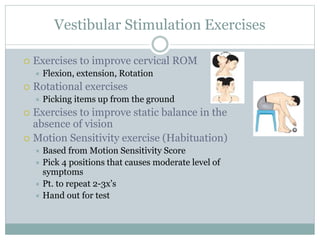vestibular habituation exercises pdf
Slowlyquickly move head rightleft with eyes openclosed. The purpose of this graduated set of simple habituation exercises is to reduce dizziness and restore your ability to balance.

Gaze Stabilisation Exercises In Vestibular Rehabilitation Review Of The Evidence And Recent Clinical Advances Semantic Scholar
Head exercises Gaze stabilization Target must remain in focus not blurry and appear stationary while head is in motion Perform exercise with little head movement 45º to either side of.

. Vestibular exercises merely stimulate the vestibular apparatus. If your vestibular system inner ear balance system is not working properly you will feel dizzy and off balance. Habituation exercises are appropriate for patients who report increased dizziness when they make quick head movements change positions and are in visually stimulating environments.
When there is an injury or abnormality in any portion of this system the brain must be retrained or taught to interpret correctly the information it receives. Identify problems related to the vestibular disorder. Let symptoms subside plus seconds with each repetition.
Quickly lie down onto your Leftside. Turn head from one side to the other slowly then quickly 20 times. The purpose of these exercises.
Reducing falls or risks for falls. In order to stimulate the vestibular system the exercises are. A movementexercise approach with the goals of.
They succeed in 95 of cases but are more arduous than the office treatments. Vestibular rehabilitation exercises A fact sheet for patients and carers Vestibular compensation Vestibular compensation is a process that allows the brain to regain balance control and minimise dizziness symptoms when there is damage to or an imbalance between the right and left vestibular organs balance organs in the inner ear. Up to 24 cash back what is vestibular rehabilitation.
Improving balance function and safety. The brain interprets information gained from the vestibular or balance system. Increased reliance on visual and somatosensory cues to substitute for impaired or lost vestibular function to improve postural and gait stability.
If there is no dizziness lie on your side for 30 seconds. Their use has been declining in recent years as the home Epley maneuver see below is considerably more effective. Vestibular rehabilitation is a type of physical therapy that has been shown to reduce dizziness improve vision with head movements improve balance.
Head exercises Bend head forward then backward with eyes open slowly sitting in bed later quickly 20 times. Vestibular Rehabilitation Brandt-Daroff Habituation Exercise. Successful treatment of dizziness must address the specific movements andor positions that increase dizziness or vertigo.
As dizziness improves these head exercises should be done with. Individuals with movement-related dizziness are asked to perform vestibular habituation exercises designed to repeat. Repeat _____ times per session.
Habituation exercises are helpful in reducing the frequency of onset and the duration of the symptoms of vestibular dysfunction you may be experiencing. 4 Habituation exercise is used to treat symptoms of dizziness that is produced because of self-motion3. VSR Substitution exercises Exercises developed to promote alternative strategies eg.
Do _____ sessions per day. It is an exercise-based program primarily designed to reduce vertigo and dizziness gaze instability andor imbalance and. 1 Habituation 2 Gaze Stabilization andor 3 Balance Training.
Problems caused by vestibular disorders. Sit on your couch or bed. Within the vestibular or balance system.
Turn your head about half way 45 degrees to the Right. Vestibular Rehabilitation Exercises Level 2. Dizziness nausea a swimming feeling in your head unsteadiness imbalance or blurred vision.
Decreasing or eliminating dizzinessvertigo. Habituation exercise is to reduce the dizziness through repeated exposure to specific movements or visual stimuli that provoke patients dizziness. Vestibular rehabilitation exercises are often based on subtle variations of the exercise Myriad combination of treatment variables.
Improving visual motor control and tolerance of motion. Vestibular habituation exercises and activities to improve balance. This involves repeated exposure to specific movements or visual stimuli that provoke dizziness in a controlled manner.
The exercises can be done at home. Gaze stabilization exercises are used to. Sitting While sitting shrug shoulders 20 times.
Habituation exercises work by gradually training. Individuals do movements or watch things that move to cause tem-. Depending on the vestibular-related problems identified three principal methods of exercise can be prescribed.
Diagnosis based strategies In his second article for this Vestibular special issue. Stay on the Leftside until your dizziness goes away PLUS 30 seconds. Habituation exercise guidelines Perform multiple times daily 2 or 3 sessions Sufficient to induce mild to moderate.
Habituation Exercises Exercises or movements that systematically expose the. Habituation exercises as shown in Figure 2 reduce the hallucination of motion or movement as well as extinguishing the sensation of after-motion. Vestibular rehabilitation exercises are an aid to recovery and you should do them alongside an increase in your daily activities.
Repeat times per session. Let symptoms subside plus _____ seconds with each repetition. Side to side While in _____ position tilt head down 30º slowlyquickly move head rightleft with eyes openclosed.
Habituation exercises Goal is to reduce dizzinessvertigo. For some people this. Do sessions per day.
Position tilt head down 30º. Brandt-Daroff Vestibular Exercises The Brandt-Daroff Exercises are a home method of treating BPPV usually used when the side of BPPV is unclear. 122019 AAHC VertigoVestibular Vestibular Rehabilitation Exercises Level 1 page 2.
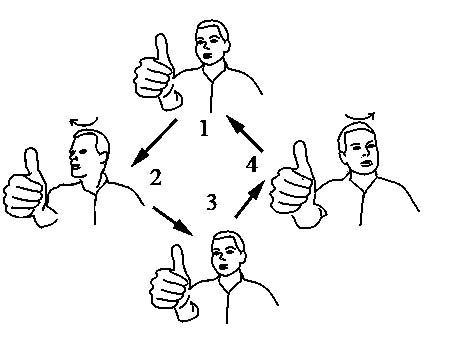
Vor Exercise Gaze Stabilisation Exercises Ear Balance And Eustachian Tube
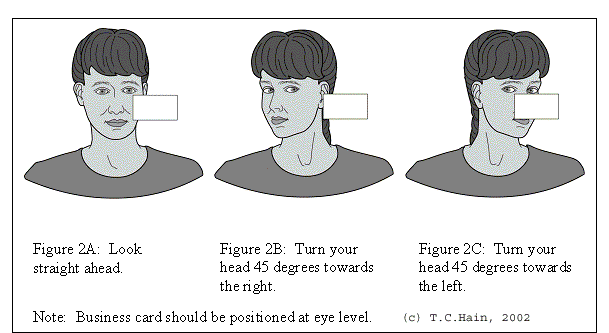
Migraine Headache Case Study Physiopedia

Effects Of Hydrotherapy In Balance And Prevention Of Falls Among Elderly Men And Women Kathy H Exercicios Natacao Fisioterapia

Rehabilitation Exercises Rehabilitation Exercise Images

Pdf Vestibular Rehabilitation Therapy Review Of Indications Mechanisms And Key Exercises

Pdf Vestibular Compensation And Vestibular Rehabilitation Current Concepts And New Trends

Pdf Advances In The Treatment Of Vestibular Disorders Semantic Scholar

Comparison Of Cawthorne Cooksey Exercises And Sinusoidal Support Surface Translations To Improve Balance In Patients With Unilateral Vestibular Deficit1 Archives Of Physical Medicine And Rehabilitation

Vestibular Rehabilitation An Overview Semantic Scholar

Vestibular Rehabilitation Therapy Review Of Indications Mechanisms And Key Exercises Abstract Europe Pmc
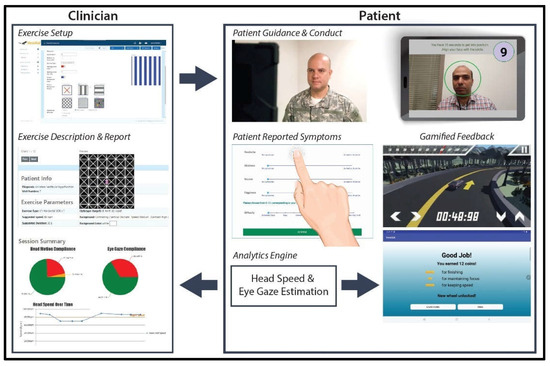
Sensors Free Full Text Vestaid A Tablet Based Technology For Objective Exercise Monitoring In Vestibular Rehabilitation Html

Vestibular Adaptation Exercises And Recovery Acute Stage After Acoustic Neuroma Resection Sciencedirect
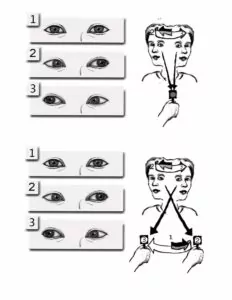
Vestibular Rehabilitation Therapy Vrt Veda

Vestibular Rehabilitation Therapy Review Of Indications Mechanisms And Key Exercises Springerlink
